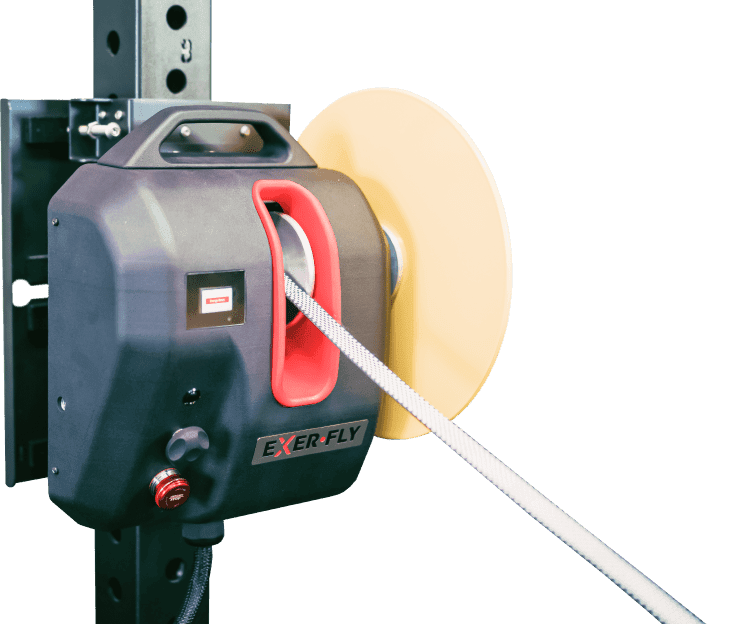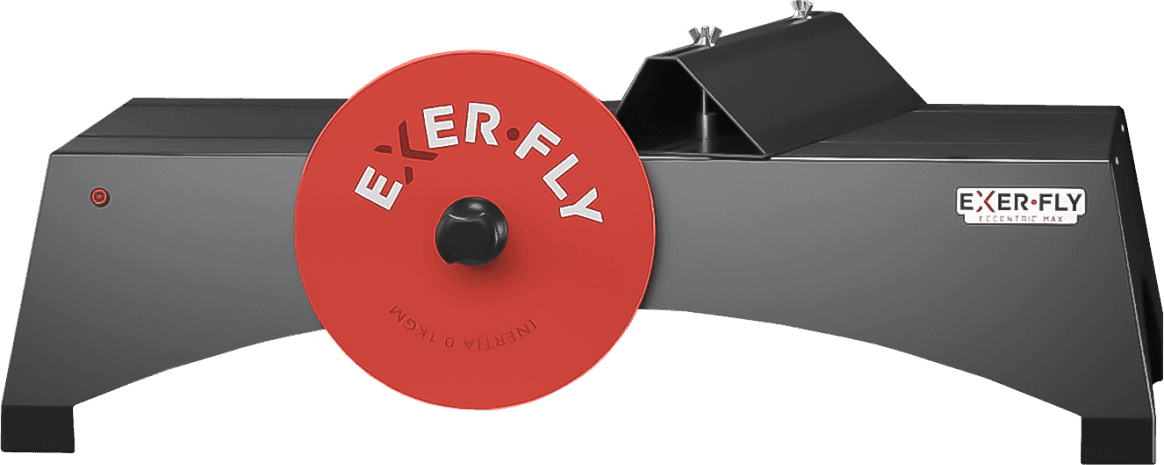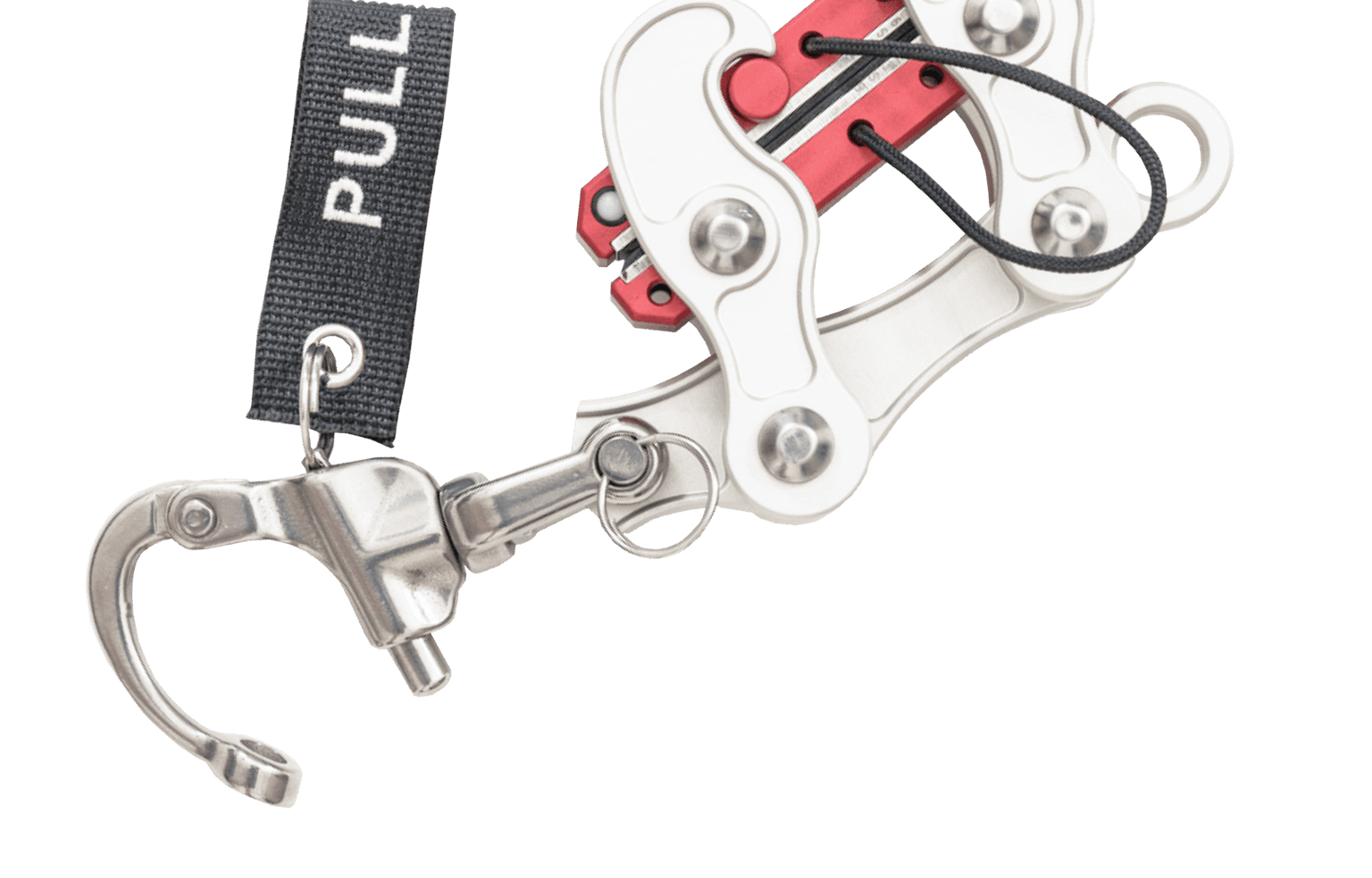
Effects of flywheel training on strength-related variables in female populations. A systematic review
Introduction
Research points to flywheel technology eliciting improvements in athletic performance and promoting both CSA and strength increments in sedentary and healthy men. However, as the subjects used in the studies were and typically are male, the amount of literature in flywheel training studies using female populations is scarce.
Therefore, this study aimed to evaluate the effect of flywheel training on female populations, report practical recommendations for practitioners based on the currently available evidence, underline the limitations of current literature, and establish future research directions.
What They Did
For this systematic review, potential studies were identified in PubMed/MEDLINE,
SPORTDiscus, and Web of Science databases. The search syntax included the following keywords coupled with Boolean operators: ("flywheel" AND "female") OR ("isoinertial" AND "female"). A year restriction was applied for this search (studies published between 1990 and 2020).
Two authors independently screened the title and abstract of each reference to locate potentially relevant studies and reviewed them in detail to identify articles that met the inclusion criteria.
What They Found
The initial search identified 179 studies, while 3 additional studies were found through the 179 secondary searches. After the final 182 screenings, 7 studies were included in the review.
Results found that flywheel programs can improve quality of life measures, movement capacity and reduce the risk of falls in elderly females.
Equally, flywheel-based resistance training improved physical performance such as jumping, 1-RM, isometric strength, and concentric and eccentric squat outputs in healthy young females. So it would be advisable to introduce these exercises in training periodization with these populations.
Practical Application
It is key to maintain an informed implementation of flywheel exercises, which depends on factors including training intensity, volume, and exercise type, as these affect flywheel training outcomes. These were the main findings of the systematic review:
Training intensity
- A range of 0.025– 0.05 kg.m2 can improve power and mobility in elderly females.
- A variety of inertial loads can be employedwith younger females (0.025-0.075 kg.m2; 0.11 kg.m2; 0.14 kg.m2) 347 to achieve desired strength, power, and hypertrophy objectives.
Training Volume
- A program using multiple sets and 352 repetitions (4 x 7-8, respectively) can effectively achieve chronic adaptations with elderly and younger females.
- Onambele et al. reported a progressive loading strategy (1 x 8 to 4 x 12) might be attractive for frail, diseased, and elderly participants because it may reduce the adverse effects of novel intense eccentric exercise.
Training Frequency and Duration
- The current review also reports significant power capability improvements were seen over a 24-week in-season period with a weekly flywheel squat session. This underlines that a low dosage of flywheel training can effectively enhance athletic capabilities.
- It appears that 2-3 sessions of flywheel training effectively induce adaptions in elderly and young female populations.
- Athletic populations may benefit from one or multiple weekly sessions depending on other training and competition demands.
Exercise type
- As alluded to by Gual et al., the relevance of the training stimulus to sport-specific movements may be a key determining factor for improvements in athletic populations.
- Sañudo et al. argue for the importance of specificity, justifying the use of a supine squat rather than a leg extension. Specifically, the hip abductors, adductors, and ankle plantar/dorsiflexors significantly influence balance performance and may not be sufficiently targeted with a single joint protocol, such as the leg extension.
Book a free consultation with our team if you want to improve your fitness, whether for athletic performance or physique. We can discuss which Exerfly device fits your outcomes best.
Reference
Javier Raya-González, Kevin L. de Keijzer, Chris Bishop & Marco Beato (2022) Effects of flywheel training on strength-related variables in female populations. A systematic review, Research in Sports Medicine, 30:4, 353-370,DOI: 10.1080/15438627.2020.1870977






